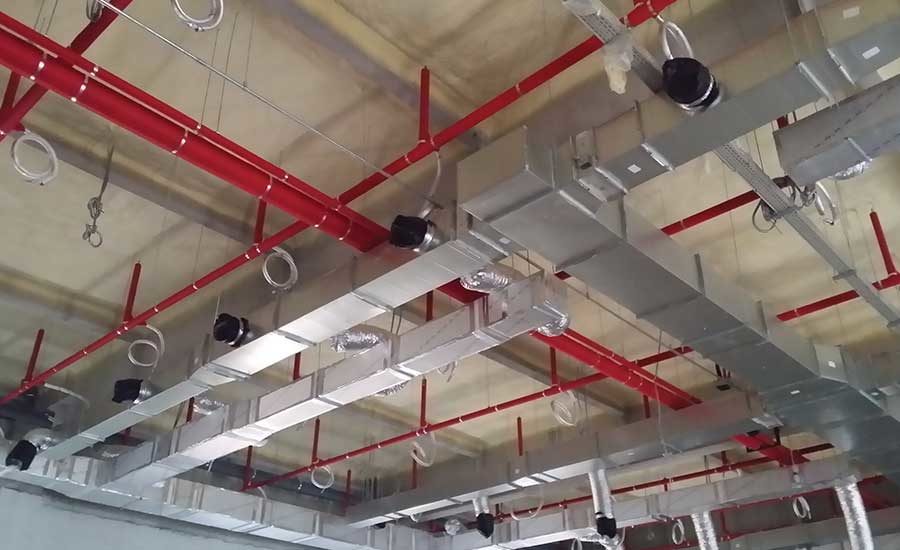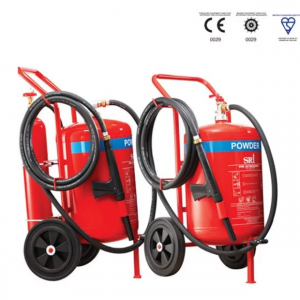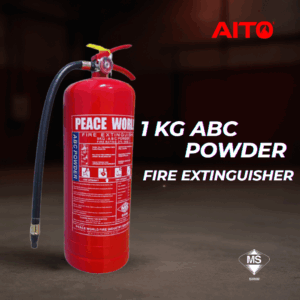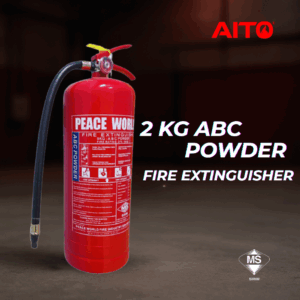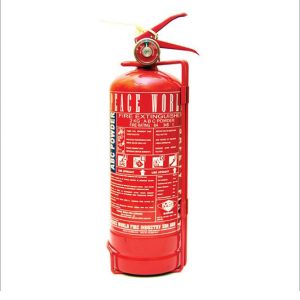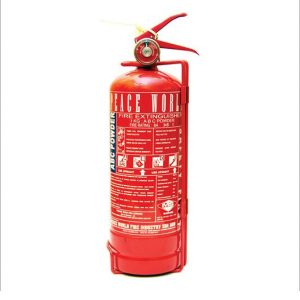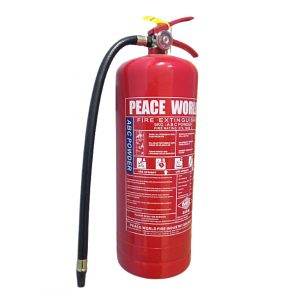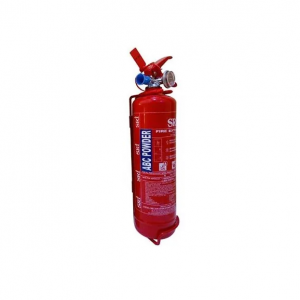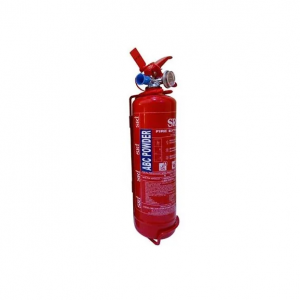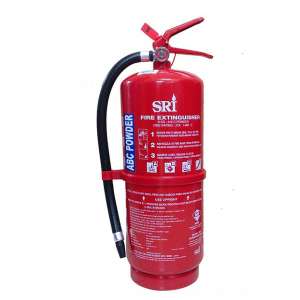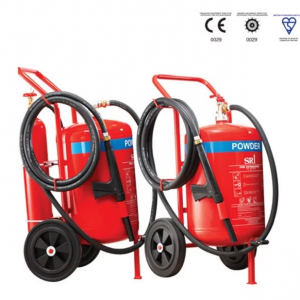One of the most hazardous incidents that can be faced in a building, especially the big ones are fire and the smoke from the fire itself.
While fire can destroy everything in the path, smoke can cause injuries to the victims.

Smoke control systems
A system designed that controls the evacuation of the occupants during a fire. The purpose of the system is to protect the occupants while they are evacuating or being sheltered at a safe place from the fire.
As we all should know, smoke control systems control the flow of smoke in the buildings in the event of a fire. The system is intended to keep the smoke from spreading throughout the buildings. Hence, giving the occupants a clear evacuation path as well as protecting the interior of the building.
Controlling smoke movement is meant to create air pressure in between smoke control zones. Building a pressurization concept is to make a higher pressure in every adjacent space than in the smoke zone. As a result, air moves into the smoke zone from the adjacent areas hence smoke can be dispersed throughout the building.
Besides, smoke control systems are either dedicated or non-dedicated. A dedicated smoke control system is installed in a building is for the sole reason of controlling smoke. Meanwhile, a dedicated system is used for special areas that need a smoke control technique such as stair towers and elevator shafts.
Two basic types – Shaft protection and floor protection
Shaft protection consists of stairwell pressurization systems and elevator hoistway systems. Floor protection involves several variations of the zoned smoke control system. The usage of a combination of systems is dependent on building and fire code requirements as well as specific occupancy and life safety requirements of the situation being considered.

The activation of the smoke control system should be initiated immediately upon receipt of the activation command. A maximum of 10 seconds transmission time is allowed, from the initiation of an activation signal to the time, it reaches the smoke control system.
The smoke control sequence needs to activate the individual components and goes from the moment the smoke control directions are issued (whether they are automatic or manual) to the final action.
A smoke control system is a complex combination of mechanical, electrical, art building and fire protection components. Unless they are properly designed and controlled, smoke detector systems can be problematic to implement and very expensive.
Furthermore, it is almost impossible for a smoke detector system to function properly without the close collaboration of architects, mechanical engineers and fire protection engineers.
AITO Firework provides fire safety consultant that will help you to provide solutions for your business.
Email us now to discuss how our fire safety consultants can assist you to follow the regulations to ensure your business is meeting its obligations. WHATSAPP FOR MORE INQUIRY or call 03-7831 4791

